Are wild boar good or bad? The devil is in the details
In an ever-globalized world, it’s easy to fall for the convenience of one-fits-all solutions. But from dandelions to wild boar, we need stories – and actions – that are grounded in place.
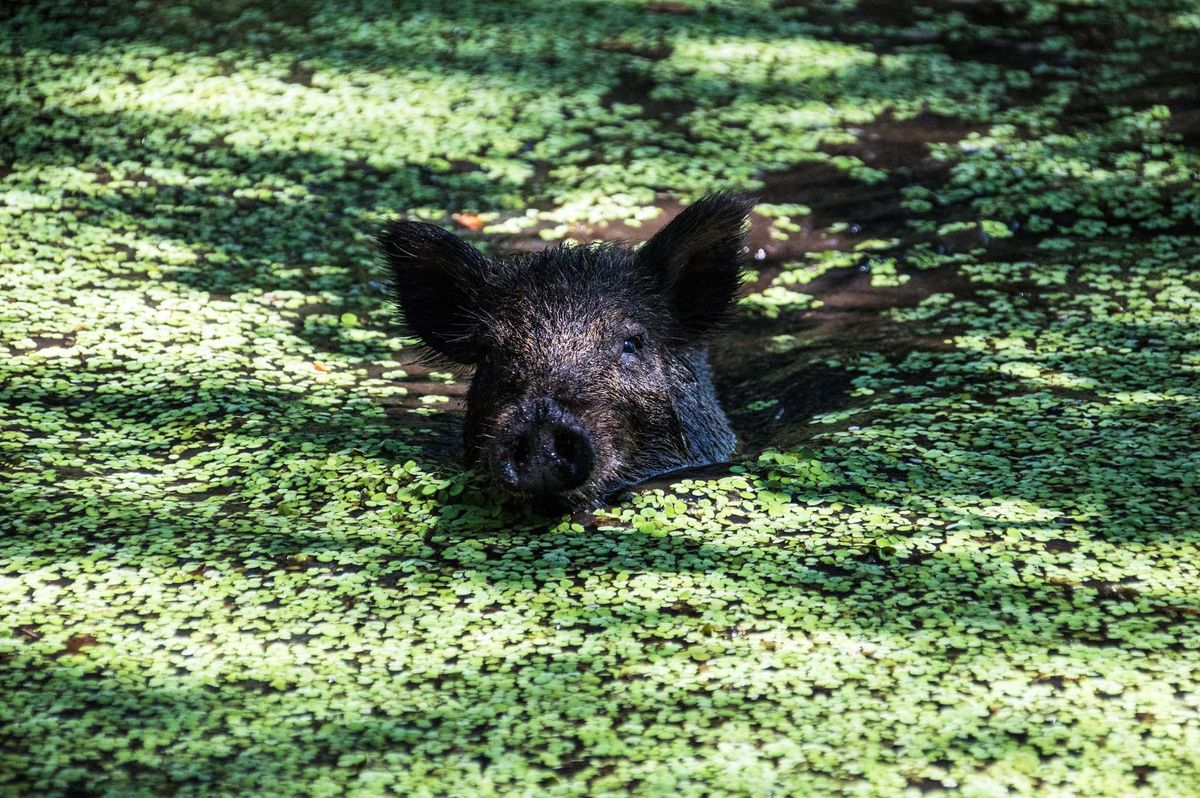
The English words species and specific share the same Latin root. Small wonder, when it is specificity that gives rise to species: organisms fine-tuning themselves to their more-or-less singular piece of the world. In turn, the usual shorthand for a community of species is biodiversity, an elastic term that can enwrap a creek or an ocean or a whole planet as need be.
Yet across Earth today, countless enclaves of biodiversity are under siege from a rocketing number of invasive species. Alien predators have been blamed for almost 60 percent of all known bird, mammal and reptile extinctions to date. Teeth are not even required, with invasive plants believed to be causing comparable loss.
Make no mistake: we are to blame for this. Invasive species owe much of their power to the fact that humans have stripped various ecosystems of many of their species, ones that could otherwise have consumed or out-competed new arrivals. An intact ecosystem acts something like a thicket of thorns, guarding the species which form its very sinews. Interlopers naturally inveigle their way in from time to time, but thanks to us, now has truly become the time for them.
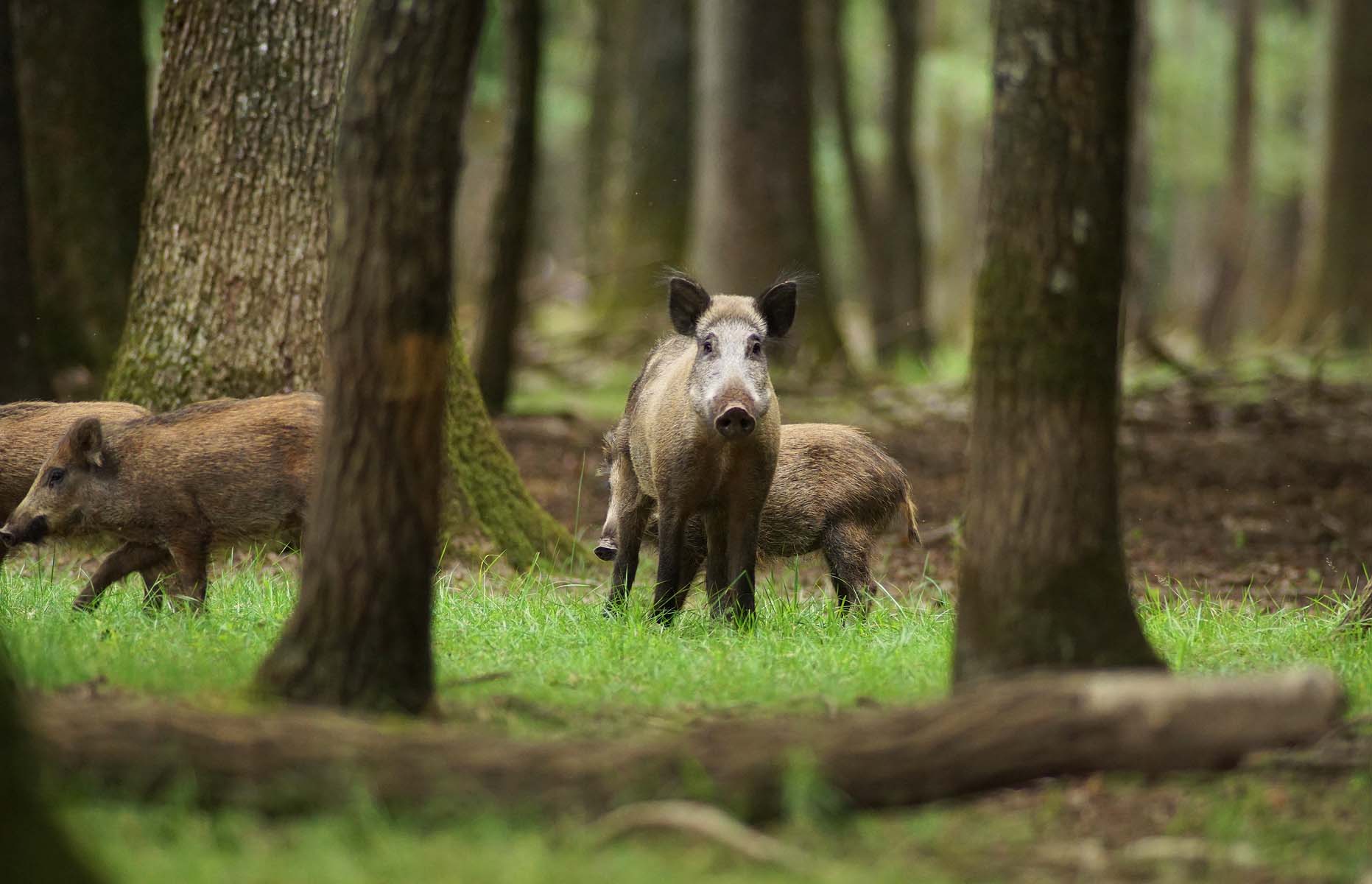
Enter: the wild boar. Some scientists consider this omnivorous ungulate to be the ultimate invasive animal. They are native to Europe and Asia, yet have now been introduced to every continent except Antarctica. Their adaptability is mind-blowing. They thrive in all manner of habitats beyond their traditional woodland. They will eat almost anything. Entire populations rapidly change their behaviour when they realise they are being hunted. They are the progenitor of the domestic pig, with which they happily breed.
In places such as Canada and the USA, this has produced a diverse and fertile race of so-called feral hogs. (See the perennially popular tweet-turned-to-meme “How do I kill the 30-50 feral hogs that run into my yard within 3-5 mins while my small kids play?.”) Meanwhile, the wild boar who stayed in their original homelands of Europe and Asia are making their own waves. Falls in hunting, rises in maize production, a warming climate, reforestation and injections of domestic pig genes have all conspired to send their populations soaring. In cities like Singapore, Hong Kong, Rome and Barcelona, they’re fast becoming the new pigeons.
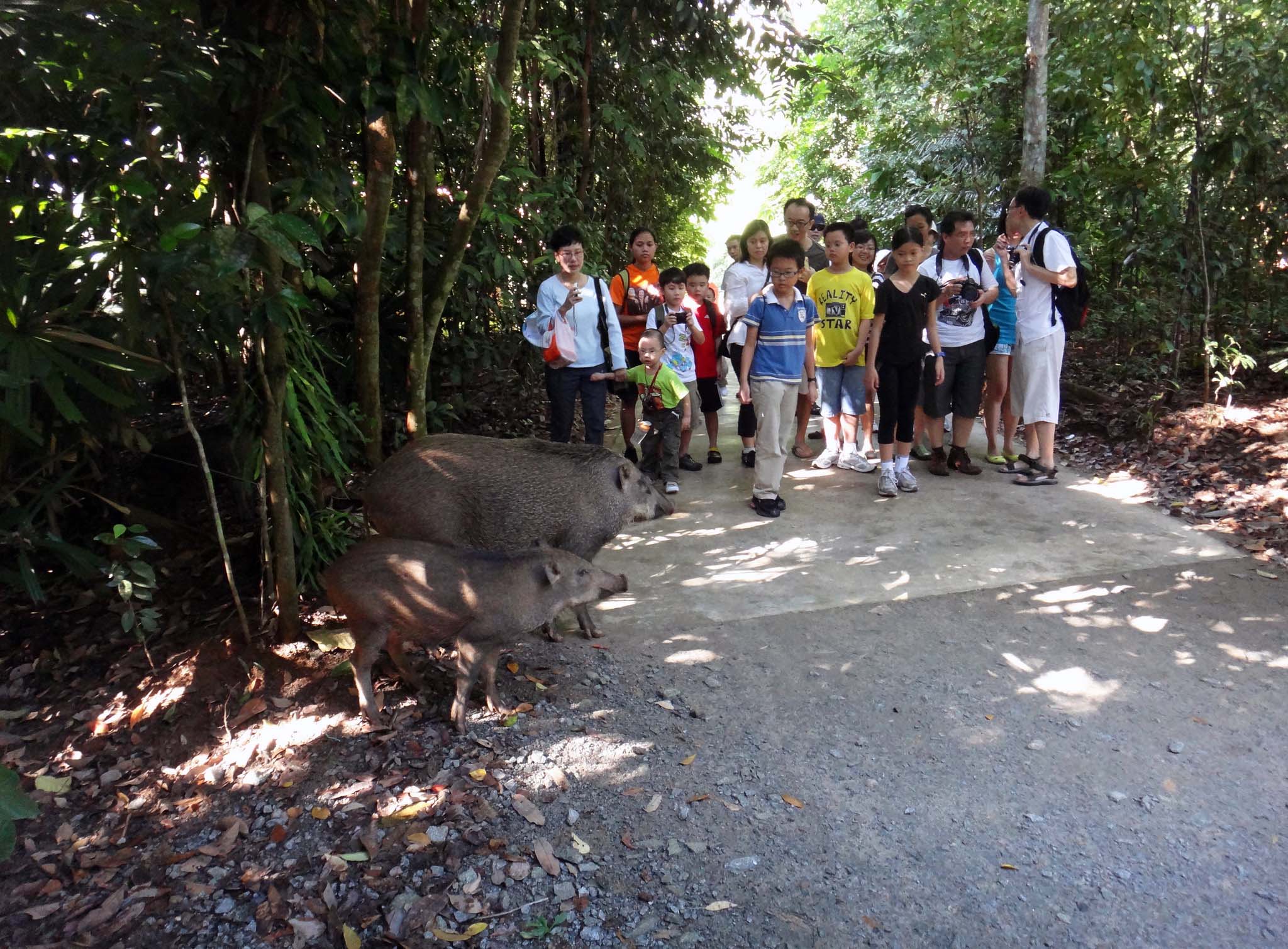
The outsized success of wild boar has had harmful consequences for ecosystems already under so much pressure from us. Inevitably, it has also increased the likelihood of physical clashes with humans. John Mayer of the Savannah River National Laboratory examined records of boar attacks worldwide and found there had been 412 between 1825 and 2012, with the majority of these occurring in the narrow window between 2000 and 2012. Even so, that number is an arguable drop in the ocean, especially compared to rates of attacks by domestic dogs.
In my home country of the United Kingdom, many people seem to be watching the wild boar developments being reported abroad from between trembling fingers. “I wouldn't want my child – or anybody's child – to be ripped apart and eaten,” one person recently wrote below an article from The National on the tentative comeback of the species in Scotland.
In France, where there are believed to be around 2 million wild boar, the commonest reaction seems to be a shrug.
It’s the kind of comment I read and hear with depressing regularity. I live in the Forest of Dean, England’s stronghold for wild boar (for now); my neighbour believes she will be attacked if she ever sees one. Yet no one in the UK has ever, as far as we know, been ripped apart by a wild boar. Between 1290 and 1987 it was a statistical impossibility: we had hunted the species to extinction. Then, from 1987 onwards, scattered populations began to be kindled into being by escapes from farms and illegal releases. In the 35 or so years since their return, there have been just two recorded attacks on humans: a bruised thigh in one case, a severed finger pad in the other. Admittedly, there are still very few boar in the UK. Yet in France, where there are believed to be around 2 million of them, the commonest reaction seems to be a shrug.
Why, then, are people here so frightened at the thought of meeting a wild boar?
For the better part of seven centuries, we Brits haven’t had to coexist with anything scarier than deer with pointy antlers. We have no doubt lost the mindset needed to live with creatures that are theoretically capable of killing us. But I also wonder if there are other important reasons for people’s fear, among them our complete lack of experience with European wild boar and their absence from our literature and other forms of culture. If wild boar have been erased from our internal ecosystems of knowledge, has that left a vacuum for other, darker stories to creep in and make a den for themselves?
Can an idea be its own kind of invasive species?
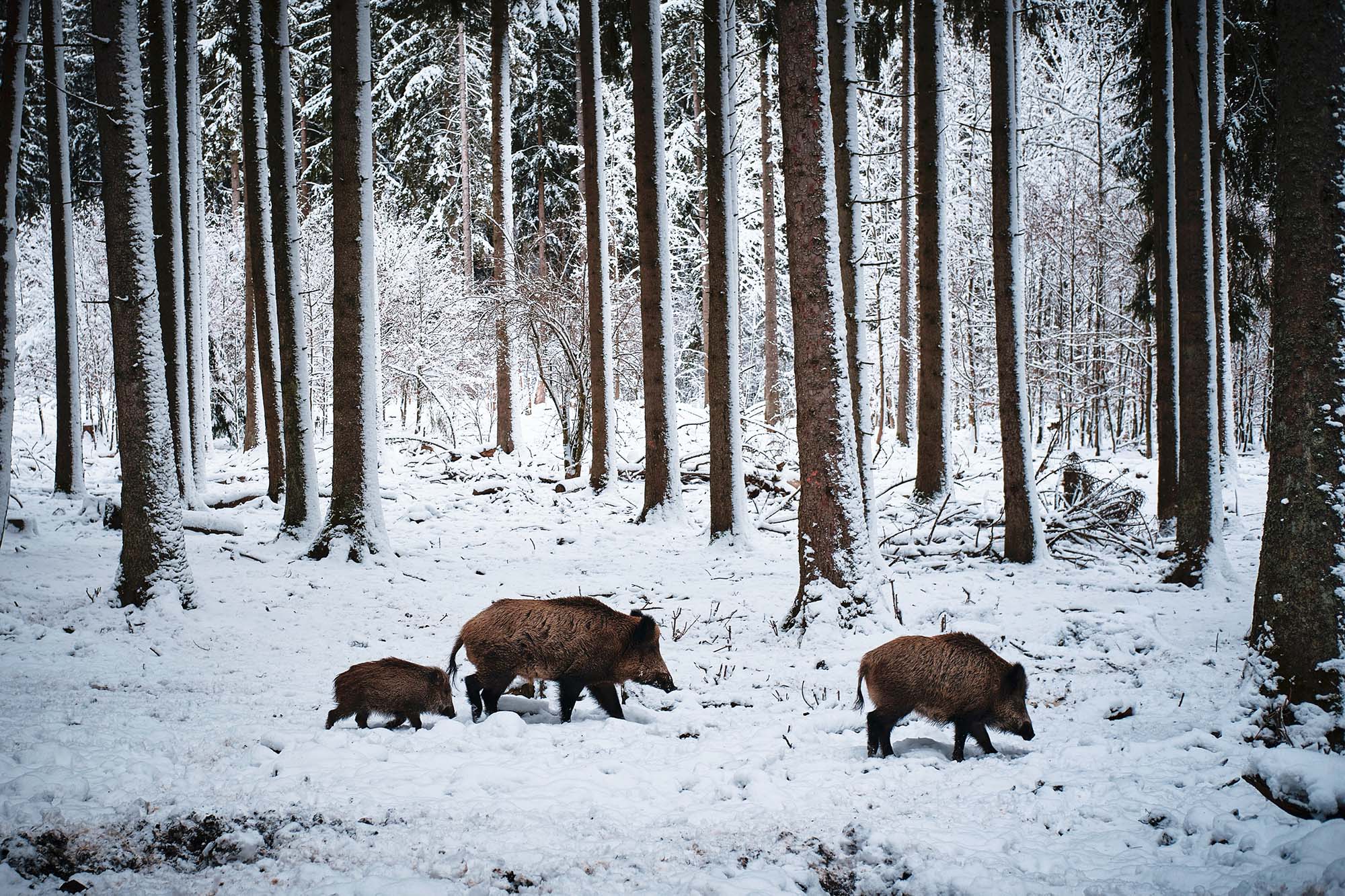
In the UK, wild boar once belonged, and in the ecological scheme of things they’ve barely been gone for a breath. The landscape-scale ecosystem restoration that we need in order to reverse the country’s terrifying declines in local and national biodiversity will almost certainly not be achieved without the widespread return of wild boar. If you were to focus on the popular discourse from North America and mainland Europe, you might assume this animal is not compatible with the world as we have shaped it. We can and should look abroad for lessons in how or how not to coexist with this species. But we must remember: local context is everything.
This is all too easy to forget in a world where globalization is so ruthlessly homogenizing our lifestyles. We are increasingly buying the same, dressing the same, eating the same. This mindset can extend to good green intentions. For example, Sheila Colla, Heather Holm and Lorraine Johnson wrote for Rewilding Magazine in 2022 about the importation of the feel-good #NoMowMay movement from the UK to Canada and the US. #NoMowMay encourages people to leave their lawns untouched for a month to allow wildflowers to support bees. Yet the poster child for the hashtag, the dandelion, is not native to North America. The authors point out that it hampers the reproduction of native wildflowers and fails to give native bees the nutrition they dearly need.
Ecology follows universal laws just like physics, but the specifics of each place on this preposterously diverse planet require many specific actions from us to restore what we have damaged.
“Conserving wild bees is hard work full of nuance,” they write, and nuance is the key word here. Ecology follows universal laws just like physics, but the specifics of each place on this preposterously diverse planet require many specific actions from us to restore what we have damaged. We yearn for solutions of convenience, even though the drive for convenience has helped to bring life as we know it to its present precipice. It’s why tree-planting programs are so globally popular, even though some have had devastating results for local environments and the people who live within them, with the wrong trees planted in the wrong places.
There are no possible shortcuts on the way to environmental understanding and restoration; we must recognize and throw ourselves into the mess. We must take, as the poem by Wendell Berry goes, “A journey of one inch / very arduous and humbling and joyful / by which we arrive at the ground at our feet / and learn to be at home.”



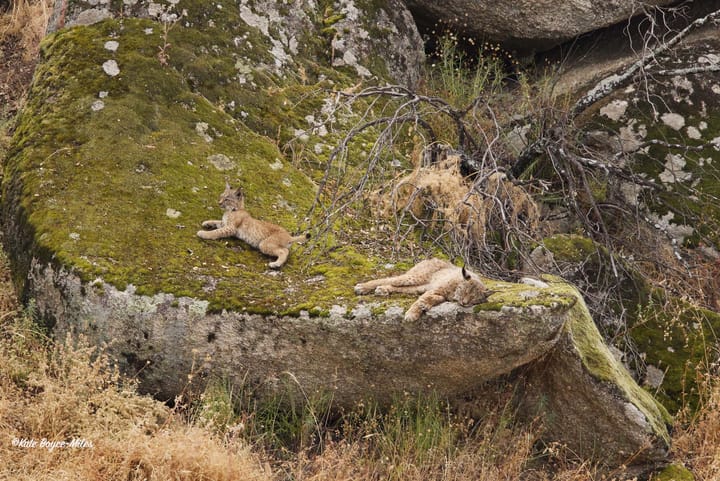
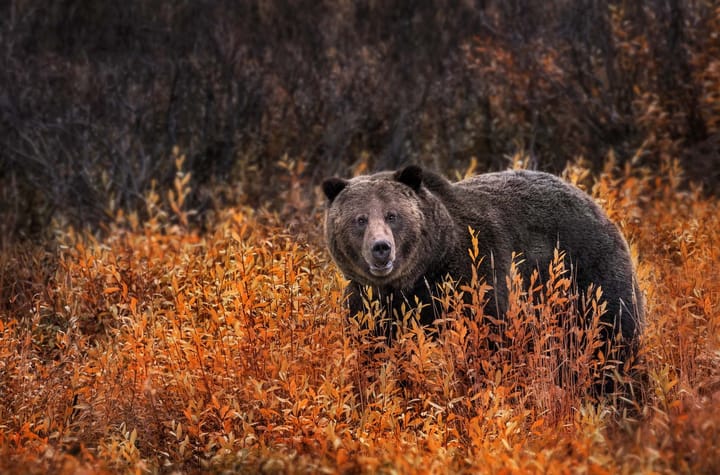
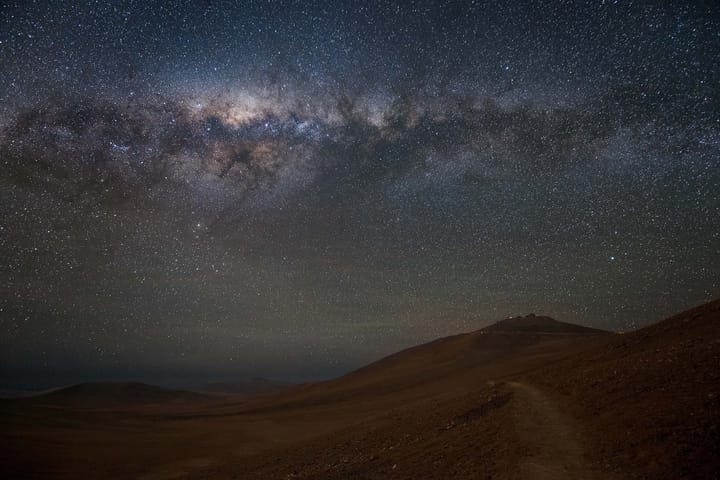


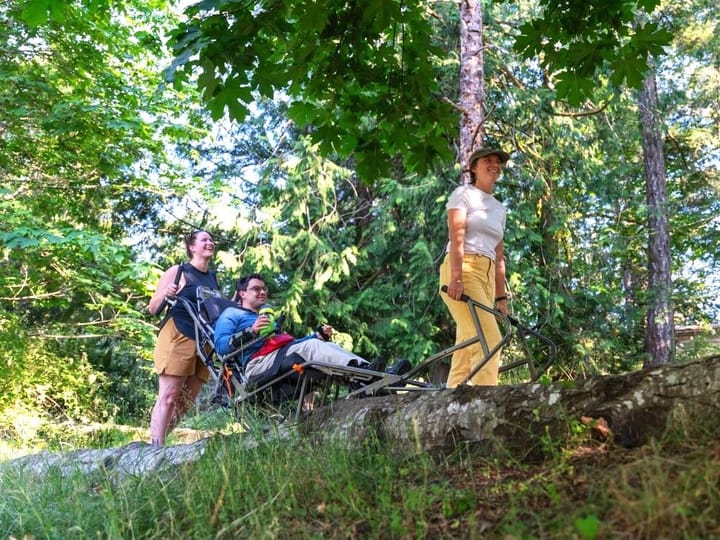

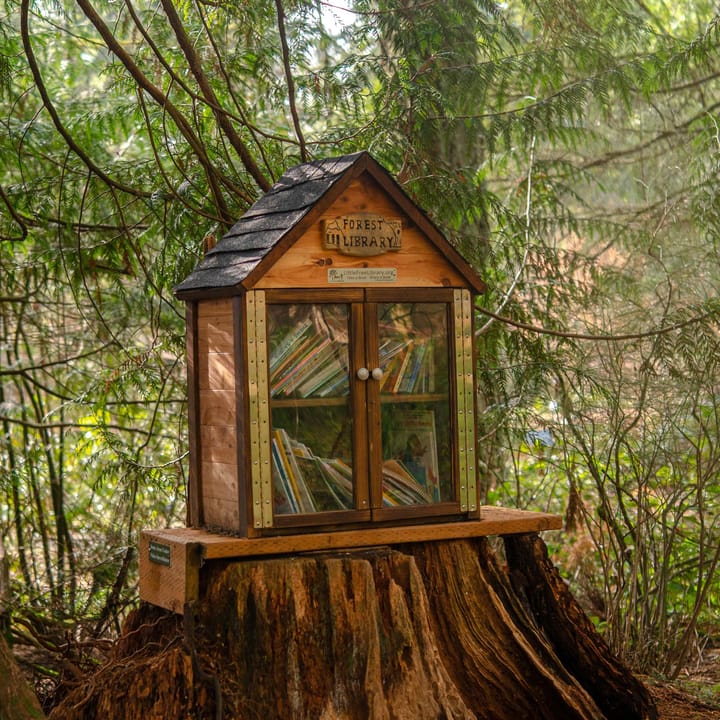
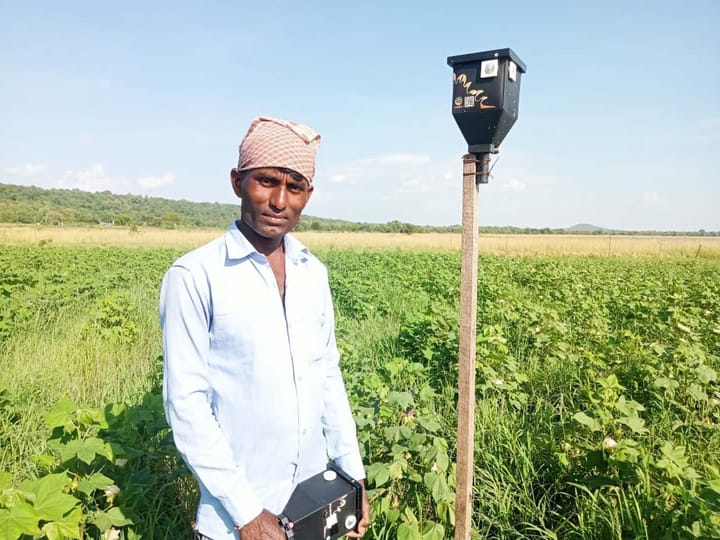
Comments ()